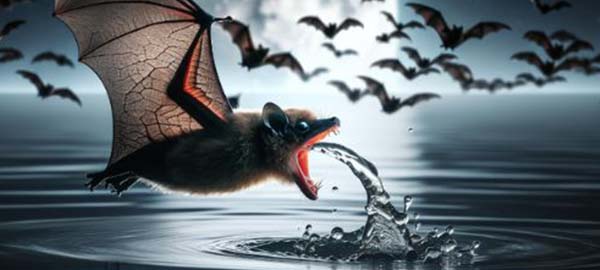How Long Can A Bat Survive Without Food?
How long can bats survive without food? Bats are resilient creatures, capable of surviving extended periods of food scarcity.
Bats Can Survive up to Two Weeks Without Food by Entering Torpor.
These critters have high metabolic rates and diverse diets that include insects, fruit, nectar, and fish, but they can survive long periods without food by relying on fat reserves during hibernation and utilizing torpor to minimize energy usage.
This article examines the nutritional needs of bats and the survival strategies that enable these nocturnal flyers to cope with food scarcity.
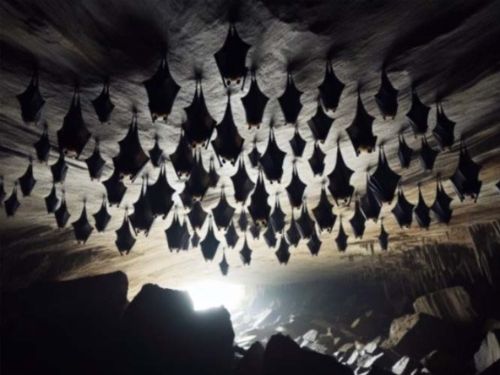
Key Takeaways
- Bats have diverse diets and consume massive amounts of food for energy and fat storage, which they can depend on during migratory and hibernation periods.
- The length of time a bat can survive without food varies;some species can survive weeks, even months, under the right conditions. Key factors influencing this include metabolic rate, fat reserves, behavioral adaptations like hibernation or migration, and seasonality of food sources.
- While bats play important ecological roles, they can carry diseases that are transmissible to humans. Safe and humane removal practices and preventive home maintenance are necessary to manage the risks associated with bats living close to humans.
Bats and Their Nutritional Needs
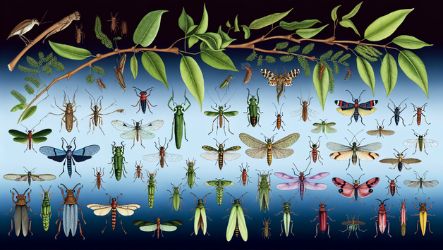
Bats belong to different species, each with its unique diet that primarily includes fruits, insects, and blood. Imagine eating your body weight in food each night. That’s what some bats do during periods of food abundance!
They consume up to 110 percent of their body weight in food each night, which helps accumulate fat reserves for periods like migration and hibernation when bats live off their stored energy. The sheer volume of food that bats eat and their diet diversity is nothing short of astonishing. And their survival skills? Just as impressive.
Insects: The Main Food Source for Most Bats
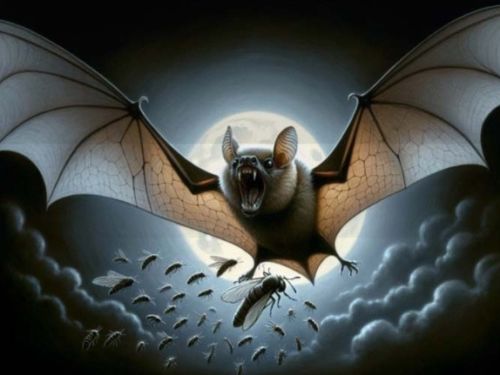
Insect-eating “Insectivorous” bats primarily eat insects like beetles, moths, and mosquitoes, making these creatures their main food source. These nocturnal predators can consume up to 500 mosquito-sized insects in an hour, showcasing their remarkable efficiency in controlling most pests.
In times of insect population fluctuation, bats employ adaptive strategies. Their dietary flexibility enables bats to switch to alternative food sources as needed, a critical adaptation for survival during insect population shifts.
Fruit-Eating Bats: Vital Pollinators and Seed Dispersers
Fruit-eating “Frugivorous” bats play a crucial role as pollinators and seed dispersers in ecosystems, contributing significantly to plant biodiversity and ecological health. They locate fruits high in water and sugar using advanced olfactory senses and visual capabilities.
Fruit-eating bats navigate urban environments, allowing them to maintain populations in human-disturbed areas. Their ecological contributions are so significant that a reduction in their numbers could threaten the existence of the plant species they pollinate and disperse.
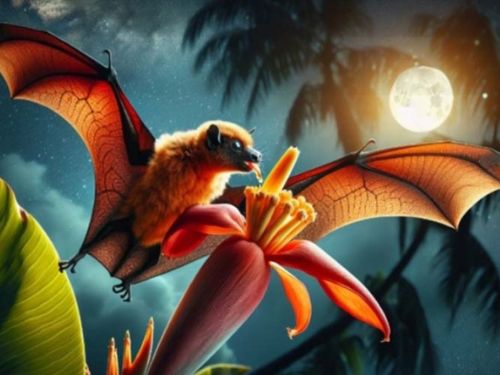
Blood-Feeding Bats: A Unique Adaptation
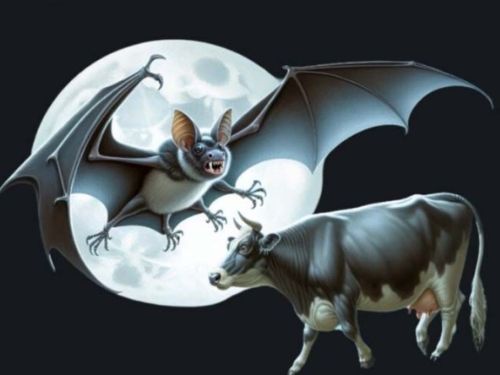
Next, we shift our focus to the blood consuming vampire bats. These blood-suckers are the only mammals that feed exclusively on blood, which is extraordinarily low in carbohydrates, fats, and calories and thus considered nutrient-poor.
To attain enough nutrients, vampire bats are said to drain up to 1.4x their body weight in blood during a single feeding session, despite the risk of iron overdose, which can be detrimental to their digestive system and liver. These bats have evolved unique genetic adaptations that optimize their survival on such a diet.
Factors Affecting Bat Survival Without Food
We’ve gathered that bats have diverse diets and high food consumption rates. Now, let’s consider their survival duration without food. It turns out the answer varies depending on several factors, such as:
- Metabolism
- Fat Reserves
- Hibernation & Migration
- Age & Experience
Metabolism:
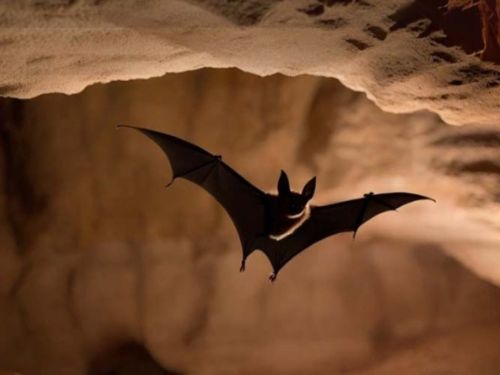
Bats have a high metabolic rate and need a constant food supply when they are active. Extended periods without food can lead to negative health effects in bats, including weight loss, weakness, and a compromised immune system.
Interestingly, bats with a high metabolism may respond to increasing environmental temperatures by reducing torpor bout duration and increasing metabolic rate, affecting their bat survival chances without food.
Fat Reserves: The Key to Longevity
Fat reserves are a lifesaver for bats. Most bats can survive without food for one to two weeks, while some species. In times of food scarcity, bats might allocate energy to fat storage over other physiological processes such as growth, immune function, and reproduction, prioritizing their survival.
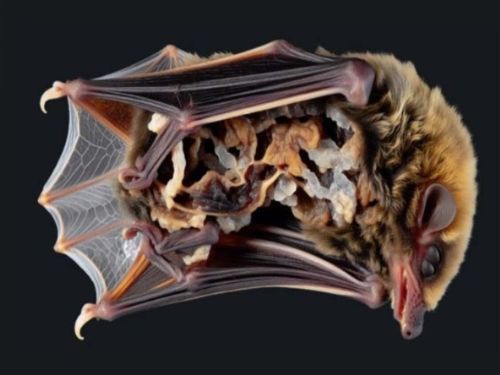
Hibernation and Migration: Strategies for Survival
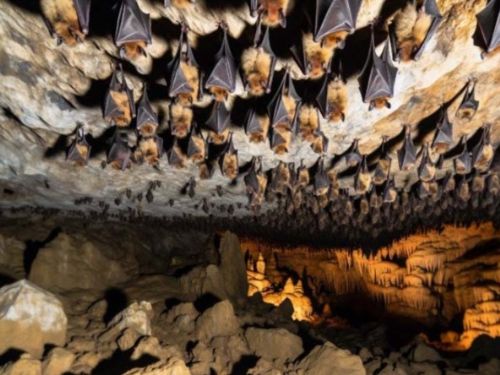
Some bat species hibernate to survive through periods of food scarcity, significantly slowing their metabolism and decreasing their body temperature to conserve energy. These hibernating bats rely on fat reserves built up prior to hibernation, enabling them to last several months without feeding.
Migration is another survival strategy. Some bat species, including migrating bats, move seasonally to follow their food sources, aiding in the pollination and seed dispersal of plants along their routes.
Navigating Challenges with Age and Experience
A bat’s age and past experiences also play crucial roles in determining how long they can live without a meal. Young bats less experienced in scavenging will often face greater challenges during food scarcity.
Older bats will have more experience with periods of food scarcity and can make better decisions and prepare themselves accordingly.
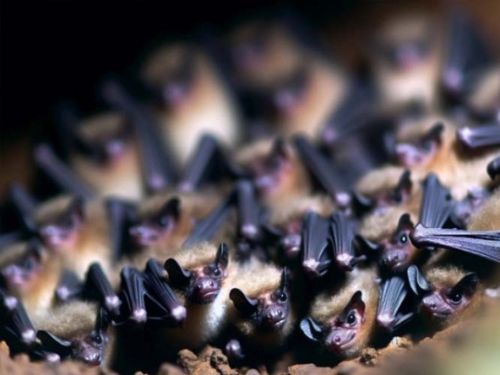
How Bats Adapt To Food Scarcity
In the face of food scarcity, bats will try to switch to consuming different types of prey, exploring new foraging grounds when their primary food sources become scarce, or entering Torpor.
Different species of bats experience different challenges when surviving without regular meals. For example, insect-eating bats may face fluctuations in prey availability due to seasonal changes or environmental factor Fruit-eating bats may experience variations in fruiting seasons and must seek other sources.
Bat Torpor Explained:
Another tool in the arsenal of bats is their ability to enter Torpor, an evolutionary adaptation similar to hibernation. Torpor enables bats to survive long periods when prey is scarce or environmental conditions make foraging challenging.
During Torpor, Bats will slow their physiological processes, including heart rate, breathing, and overall energy expenditure. Bats can also drop their body temperature close to the ambient temperature, a departure from their usual warm-blooded state.
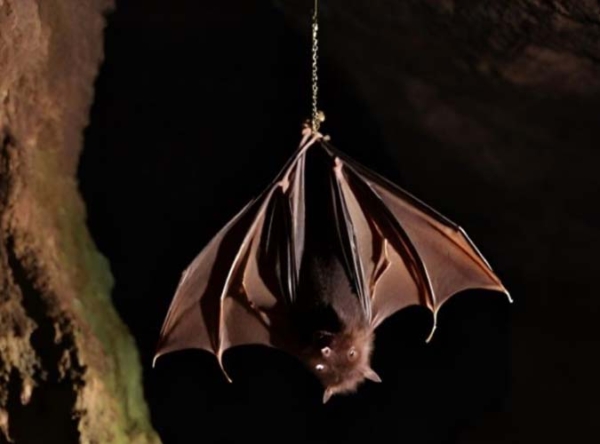
Torpor is not continuous; bats can enter and exit Torpor as needed. This flexibility is essential for their survival in the wild, where environmental conditions and food availability can change rapidly. Bats can quickly transition from dormant to active states when they need to forage or respond to potential threats.
While Torpor helps bats survive temporary food shortages, extended periods without food can affect their health. Like any other organism, bats require a balance of nutrients for optimal functioning. Prolonged fasting can lead to weight loss, muscle atrophy, and a weakened immune system.
Bats in Your Home: Risks and Solutions
Bringing the focus closer to home – quite literally – we must acknowledge that bats residing in human homes can be disease carriers, posing a health threat to inhabitants. Moreover, the accumulation of bat droppings can create unsanitary conditions in residential spaces.
Fortunately, there are ways to mitigate these risks. Safe Removal of bats can be achieved by contacting a bat removal company. We at Texas Bat Solutions specialize in safe and effective bat removal.

We use one-way doors that allow bats to exit but prevent their return, a humane method for removing bats from human residences. We also seal entry points and make structural repairs to thwart future bat invasions.
Frequently Asked Questions
How Long Can a Bat Survive Without Water?
Bats can become dehydrated relatively quickly, and water access is essential for survival. In laboratory studies, bats have survived for up to 3 days without water. Most bats obtain water from the insects they consume, and they can extract moisture from their prey during digestion. However, this may not be sufficient to meet their hydration needs, especially in arid environments or during periods of water scarcity.
How Long Can A Bat Live Inside A House?
Bats can live in your house indefinitely if they find a way in and out, as they can squeeze into tiny spaces.
Where Would A Bat Hide During The Day In My House?
A bat in your house might hide in high places like attics, chimneys, or porch ceilings. You may hear squeaking or scratching noises when they’re on the move, and their droppings look like large mouse droppings.
What Happens If A Bat Dies In My Home?
If you find a dead bat in your home, contact a bat removal company to check for more bats, remove the dead bat, and clean up any guano. It’s important to address this issue promptly to ensure the safety of your home.
Do Bats Hibernate?
Sort Of. Many bat species enter a state of Torpor when insects. bugs. or their preferred sustenance are not readily available. Torpor is similar to hibernation. but it is not continuous: bats can enter and exit Torpor at will.
RELATED POSTS
Why Do Bats Fly in Circles?
Why Do Bats Fly in Circles? This distinct flying pattern is more than an aerial quirk; it's essential for their survival. Bats use circular flight patterns as a part of their sophisticated echolocation(read more)
Do Bats Drink Water?
Do Bats Drink Water? While we often associate bats with their affinity for insects, fruit, or even blood... a question lingers in the realm of curiosity: Do Bats Drink Water? Yes. Bats drink water and they require substantial amounts for survival, sometimes up to 50% of their body weight daily.
Does Home Insurance Cover Bat Removal?
Facing a bat infestation, homeowners need to know: does home insurance cover bat removal? This article directly answers that question, detailing what aspects of bat removal, if any, are covered by your home insurance policy and what costs you may need to handle yourself.


